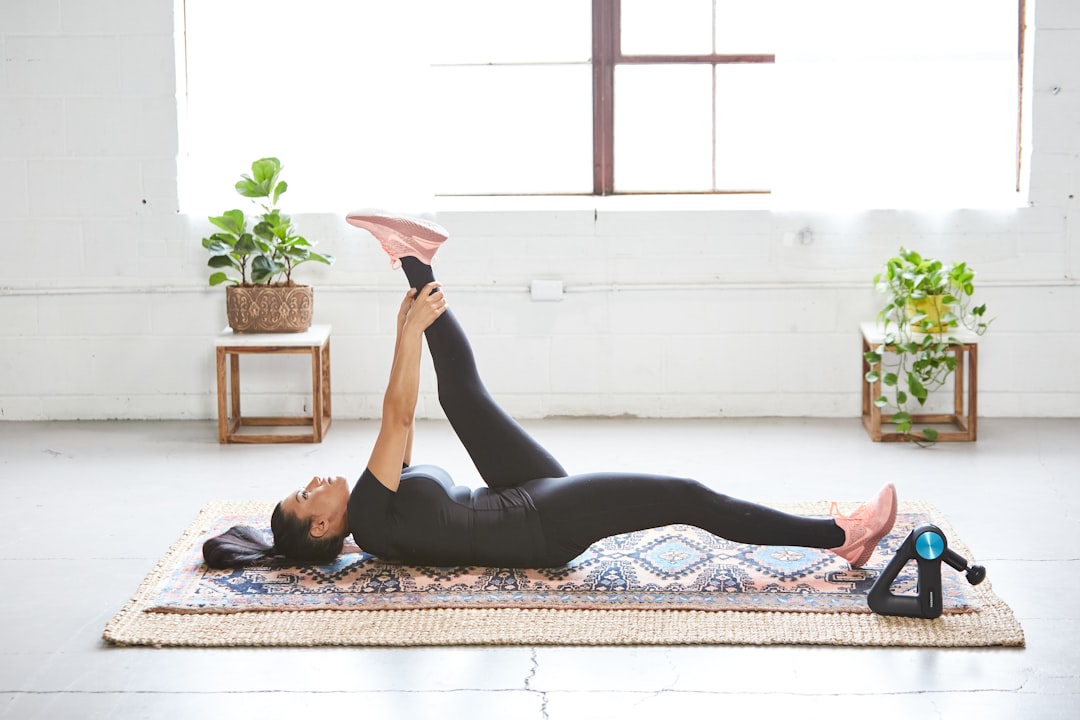Discover expert advice with QuickAdvisr. Athletes often push their bodies to the limit, leading to muscle soreness, fatigue, and even injuries. Yoga offers a natural and effective way to enhance recovery, improve flexibility, and maintain peak performance. In this article, we explore the benefits of yoga for athletes and share practical routines to incorporate into your training.
The Benefits of Yoga for Athletes | Powered by QuickAdvisr

Yoga is more than just stretching; it’s a holistic practice that benefits both the body and mind. Here’s why athletes should consider adding yoga to their recovery routine:
- Reduces Muscle Soreness: Gentle yoga poses help release tension and improve blood flow to sore muscles.
- Improves Flexibility: Regular yoga practice increases range of motion, reducing the risk of injuries.
- Enhances Mental Focus: Breathing techniques in yoga promote relaxation and mental clarity.
- Speeds Up Recovery: Yoga aids in flushing out toxins and reducing inflammation after intense workouts.
Top Yoga Poses for Athletes
Here are some of the best yoga poses to help athletes recover faster and perform better:
- Child’s Pose (Balasana): Stretches the lower back and hips while promoting relaxation.
- Downward-Facing Dog (Adho Mukha Svanasana): Lengthens the hamstrings and calves while improving circulation.
- Pigeon Pose (Eka Pada Rajakapotasana): Targets tight hip flexors and glutes, common problem areas for athletes.
- Legs-Up-The-Wall Pose (Viparita Karani): Reduces swelling in the legs and promotes relaxation.
Yoga Routines for Different Athletes

Different sports require different recovery strategies. Here’s how yoga can be tailored to meet the needs of various athletes:
| Sport | Recommended Yoga Routine |
|---|---|
| Runners | Focus on hamstring and calf stretches like Downward-Facing Dog and Forward Fold. |
| Weightlifters | Incorporate shoulder and hip openers like Cobra Pose and Pigeon Pose. |
| Swimmers | Emphasize upper body stretches like Cat-Cow Pose and Thread the Needle. |
“Yoga is not just about flexibility; it’s about creating balance in the body and mind, which is essential for athletes to perform at their best.” – Yoga Instructor
Tips for Incorporating Yoga into Your Routine
To make yoga a consistent part of your recovery process, follow these tips:
- Start Small: Begin with 10-15 minute sessions and gradually increase the duration.
- Focus on Breathing: Use controlled breathing techniques to enhance relaxation and focus.
- Listen to Your Body: Avoid pushing yourself too hard; yoga should feel restorative, not painful.
- Be Consistent: Aim to practice yoga at least 2-3 times a week for optimal results.
Conclusion
Yoga is a powerful tool for athletes looking to recover faster, prevent injuries, and improve overall performance. By incorporating yoga into your routine, you can achieve a balanced and resilient body that’s ready to tackle any challenge. Start with simple poses and gradually build your practice to experience the full benefits.
Disclaimer: Always consult with a healthcare professional or certified yoga instructor before starting a new exercise routine, especially if you have existing injuries or medical conditions.
Related reading: Unlocking the Secrets Behind Celebrity Lifestyles
🚀 Insights powered by QuickAdvisr.













